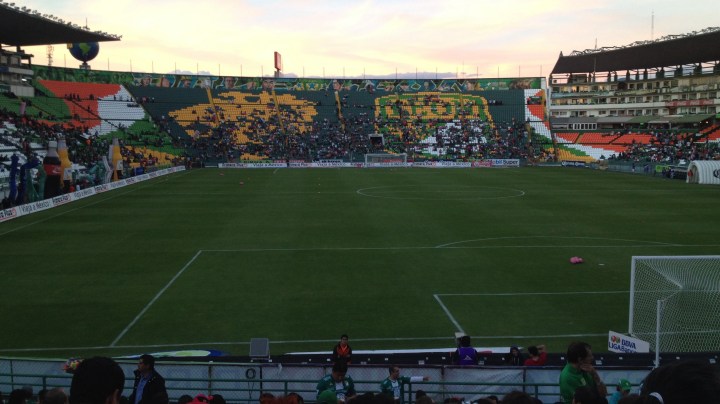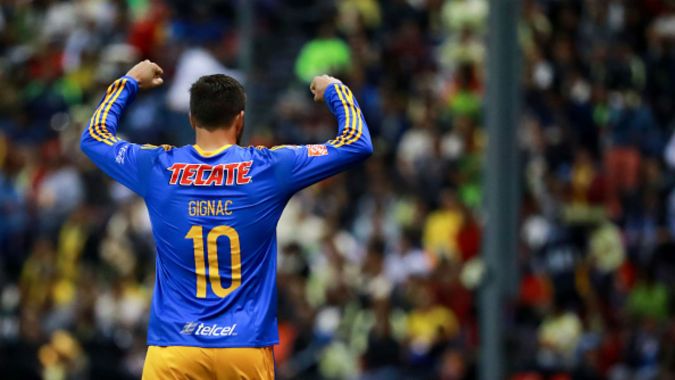Liga MX’s New 9/9 Rule Aims to Help Mexican Player Development, But Will It Be Enough?

Photo is licensed under the CC BY 2.0 license.
Before the start of the Apertura 2016 season, Liga MX incorporated a new rule–the so-called 10/8 rule–to increase the amount of foreign players allowed in a match-day squad, while also reserving a number of slots for Mexican-born futboleros. After a full year under the 10/8 rule, league president Enrique Bonilla ratified an adjustment for the rule this week, changing it to 9/9, removing one slot for foreigners and adding one to the Mexican allotment.
The idea behind the new ruling, according to Bonilla, is to help young Mexican players develop within Liga MX, without lowering the quality of play, which the original 10/8 ruling looked to increase by opening up the player base to more foreigners per match-day squad.
The 10/8 rule and its new 9/9 iteration came about as a result of a 2014 ruling that stated that naturalized Mexican citizens would count as domestic players; that meant that players from Latin America or Spain and Portugal could live in Mexico for two years and become citizens, therefore bypassing the league’s former 5-foreign player limit. Essentially, that meant that teams could start fielding fully-foreign lineups with ease, ostensibly stunting Mexican youth player growth.

With the 10/8 rule, the limit of foreigners was upped to 10, but it also added a new stipulation: if a player was a naturalized citizen, they needed to register with the Mexican federation by the age of 18 (Mexican-Americans had a special exemption, giving them until 19). However, with 5 new slots reserved for foreigners, this rule does nothing except perhaps lower the amount of US-born Mexicans, who now count as extranjeros if they did not live and play in Mexico before the age of 19.
By lowering the foreign player allotment without relaxing the naturalization rule with the 9/9 adjustment, Liga MX is now forcing clubs to start at least 2 Mexican players every game, but there’s no impetus for more than that. While some clubs are committed to the Mexican player ideal (Chivas, for example, only signs Mexican players by club policy), the lowering of foreigner slots will only put a minor strain on an already-international landscape.
The Apertura 2017 season will serve as a good guinea pig for the new 9/9 rule, with critics of the 10/8 rule waiting to see if the additional slot helps alleviate one of the main concerns for Mexican soccer fans: the decreasing level of play from Mexican youngsters with respect to the national team. When the 10/8 rule was announced last year, El Tri coach Juan Carlos Osorio complained that it would lead to less playing time for Mexican youngsters.
Mexican clubs prioritize the Apertura and Clausura championships over youth player development, and the thought from critics of the 10/8 was that the rule would allow clubs to purchase a majority of foreign players while only paying lip service to Liga MX’s intentions. So far, that has proven to be the case, so it will remain to be seen if the shift to 9/9 has any impact on how clubs construct their squads.